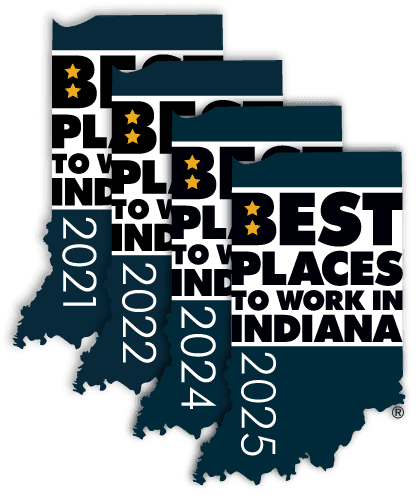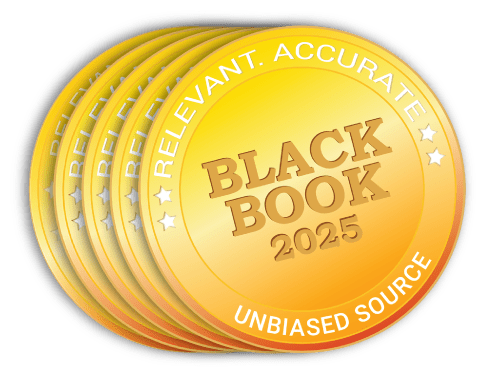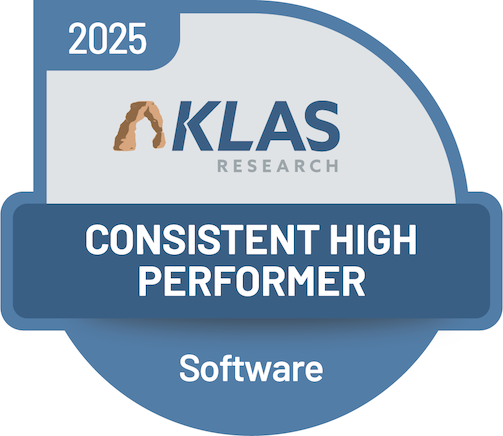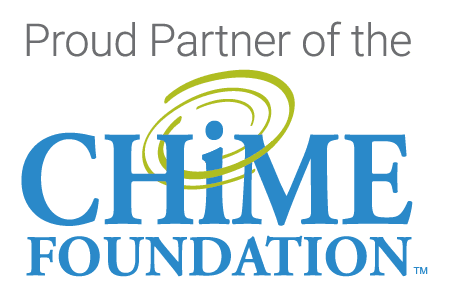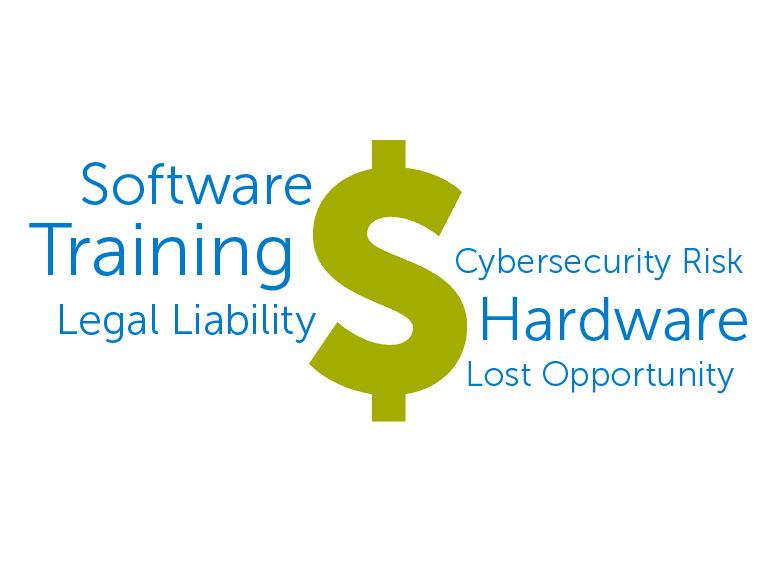
You have just replaced your legacy hospital, EHR, lab or practice management system with newer technology. One of the decisions you now have to make is how best to retain protected health information (PHI) in accordance with state, federal and agency medical record retention mandates.
As a full system EMR migration or data conversion is often too costly and complex, many healthcare providers convert only demographics and key clinical or financial data elements to the new system. They then leave the legacy system up and running so historical patient data can be accessed as inquiries come in from patients, payers, employers, auditors or lawyers. While this may seem to be the simplest option, it can be laden with cost, especially when you consider the length of time (7-25+ years depending on state, medical specialty and facility type) that medical records must be retained. An alternative option is health data archiving, a long-term medical data storage strategy that reduces or eliminates legacy system management costs.
The six costs of running a legacy health system and how to lower or eliminate them:
-
- Software Cost: The most obvious cost comes from legacy vendor software support and maintenance. Even when the software is out of daily production and operating in read-only mode, providers must typically continue to pay maintenance fees.
Outsmart tip #1: With health data archiving, there is an upfront fee, but much less ongoing expense as the original healthcare application is decommissioned after the data is extracted and migrated to the archive. In many cases, ROI with an active archive is achieved within 18-24 months.
- Software Cost: The most obvious cost comes from legacy vendor software support and maintenance. Even when the software is out of daily production and operating in read-only mode, providers must typically continue to pay maintenance fees.
-
- Hardware Cost: The next medical record storage cost comes with continuing to administrate the hardware and servers required to run the legacy system. Your organization will spend time and money to troubleshoot and maintain outdated technology. Consider how many times you may need to repair or replace equipment during the state-mandated medical retention time period.
Outsmart tip #2: Some large healthcare enterprises may have 30-40 clinical, financial and administrative data silos in varying stages of use, but each with a cost meter ticking up. A cloud-based health data archive consolidates data silos, minimizes hardware costs and requires less infrastructure for historical patient data to be accessed.
- Hardware Cost: The next medical record storage cost comes with continuing to administrate the hardware and servers required to run the legacy system. Your organization will spend time and money to troubleshoot and maintain outdated technology. Consider how many times you may need to repair or replace equipment during the state-mandated medical retention time period.
-
- Training Cost: Over time, users of the legacy health system will come and go. That means there will be fewer and fewer users who know how to operate the legacy system to access patient history and medical records. This results in a loss of intellectual capital which creates a dependency on the knowledgeable users who remain or a need to train new users on an outdated piece of technology. It could also result in high-cost involvement from the legacy system vendor.
Outsmart tip #3: Designed as easy-to-use solutions for accessing historical patient data, intuitive health data archives typically require little to no up-front or ongoing training. That means that non-SME (subject matter expert) staff members could effectively utilize the archive to keep information accessible enterprise wide.
- Training Cost: Over time, users of the legacy health system will come and go. That means there will be fewer and fewer users who know how to operate the legacy system to access patient history and medical records. This results in a loss of intellectual capital which creates a dependency on the knowledgeable users who remain or a need to train new users on an outdated piece of technology. It could also result in high-cost involvement from the legacy system vendor.
-
- Legal Liability Cost: Older systems can break or degrade over time. If you decide to keep a legacy system but do not continue with a maintenance contract, you are putting your organization at legal risk. If you are required by auditors or the courts to present a medical record but cannot access it, you may have to settle at a high cost.
Outsmart tip #4: An archive of health data provides easy access to users in a more streamlined and up-to-date infrastructure. This is vital as the average cost of search ease is $1 million, with 70% of all search costs tied to actual review of documents. With technology solutions continuing to advance, judges know that effective search ease tools exist, and they expect parties to use them. A vendor neutral archive is a smart plan to help your organization save time and money when searching for and utilizing historical health data.
- Legal Liability Cost: Older systems can break or degrade over time. If you decide to keep a legacy system but do not continue with a maintenance contract, you are putting your organization at legal risk. If you are required by auditors or the courts to present a medical record but cannot access it, you may have to settle at a high cost.
-
- Cybersecurity Risk Cost: Cybersecurity risks can be higher with vulnerable legacy systems. With healthcare continuing to be the number-one cyberattacked industry year-over-year, any healthcare provider that doesn’t utilize best practices for information security is at a higher risk for breach. And, those breaches can be expensive, with the average cost of a healthcare breach running $9.2 million.
Outsmart tip #5: A health team’s best cybersecurity defense is to limit the number of systems it needs to safeguard by consolidating legacy systems into a single, secure archive. As a first step, take an inventory of the legacy systems in your IT portfolio, identifying out-of-production systems at risk.
- Cybersecurity Risk Cost: Cybersecurity risks can be higher with vulnerable legacy systems. With healthcare continuing to be the number-one cyberattacked industry year-over-year, any healthcare provider that doesn’t utilize best practices for information security is at a higher risk for breach. And, those breaches can be expensive, with the average cost of a healthcare breach running $9.2 million.
- Lost Opportunity Cost: Every hour that your IT staff spends dealing with the legacy system(s) is time that they do not have to devote to other projects or integrating newer technologies. Many providers find that, over time, the lost opportunities for increased efficiency and security add up to a significant amount.
Outsmart Tip #6: Consider what technology projects are on your to-do list and how supporting legacy systems may compromise these tasks. Then, consider the landscape of your IT portfolio if one or more disparate legacy systems were merged into a common, easy-to-maintain archive.
Ready to talk about lowering your medical record storage costs? We’re here to help.
This blog has been updated from the original version posted on Sep 11, 2020.

